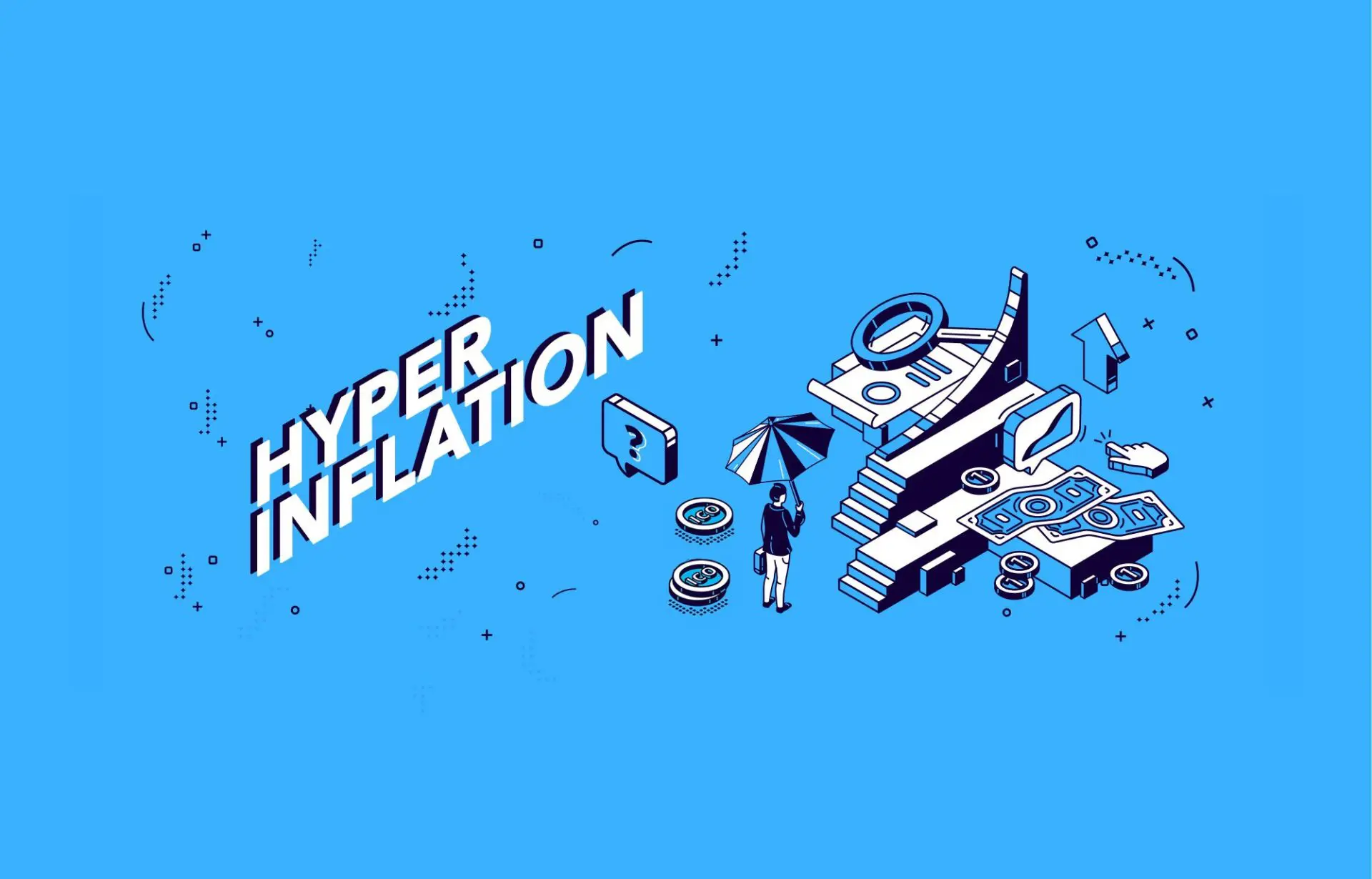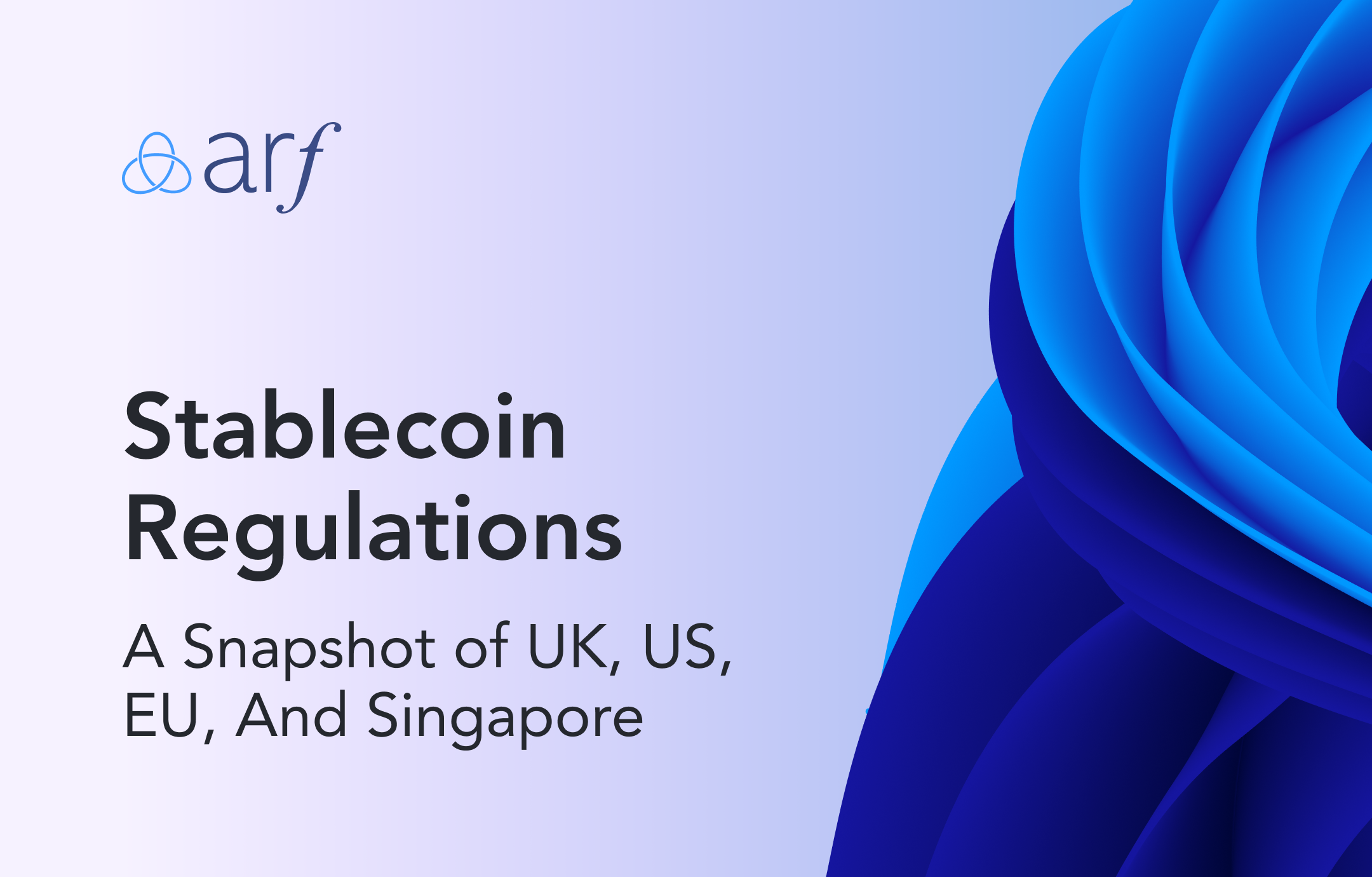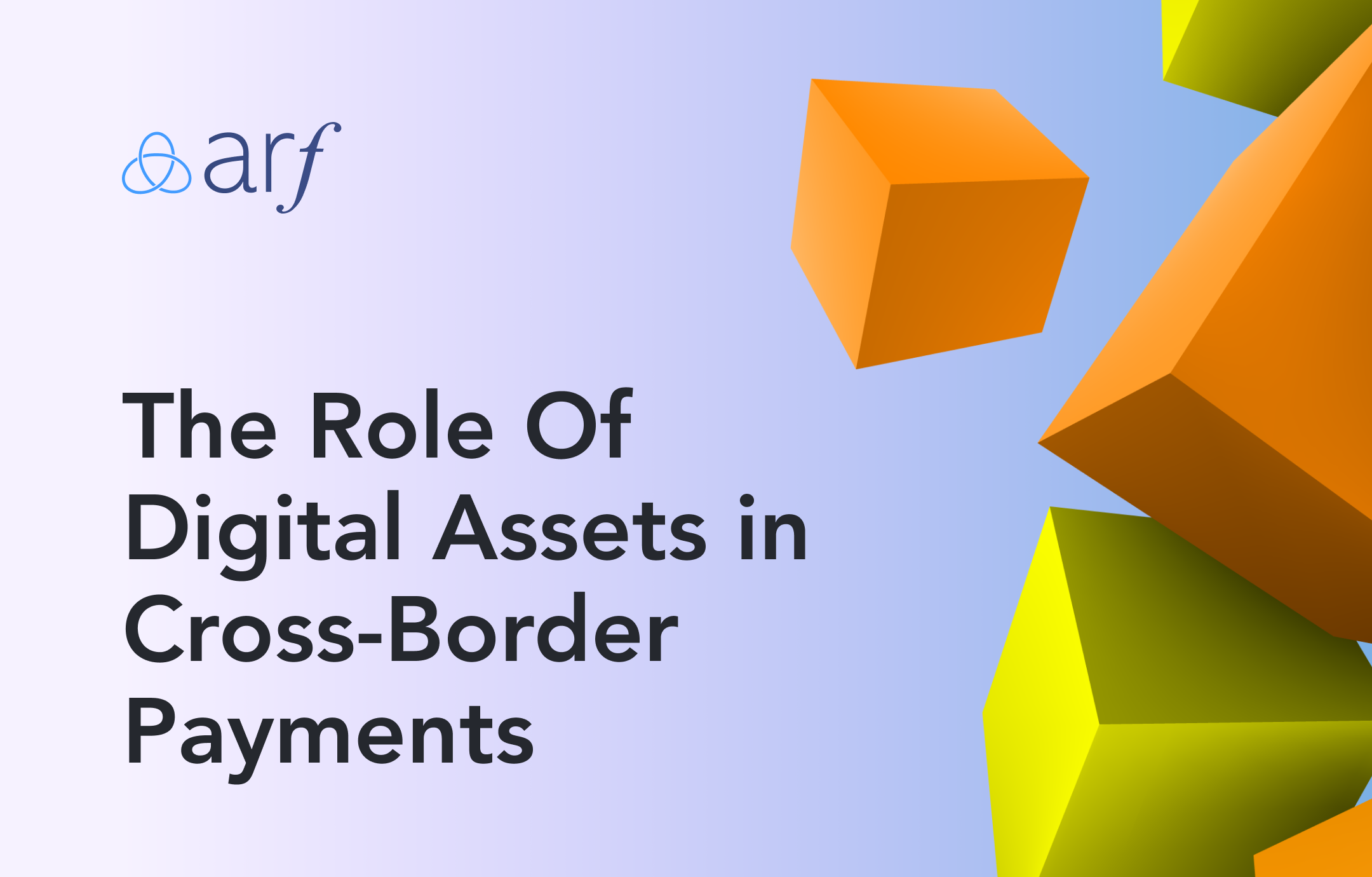The vast majority of stablecoins today is USD-pegged and expected to be so in the future, as the US dollar continues to be the dominant international reserve currency. IMF reports that, as of May 2021, 59% of all foreign bank reserves are accumulated in US dollars.[1] Although it has dropped to a 25-year low due to major structural shifts in the international monetary system, USD is still in control of the majority of it, maintaining its dominance as the global reserve currency.
However, opening a USD bank account is still extremely difficult, taking some significant time and paperwork due to the regulations and eligibility controls based on past financial records. Getting a USD stablecoin wallet, on the other hand, is much easier with its simple enrollment process, fast operating capabilities and no or minimum fee requirements. The difference between their convenience and inclusivity is incomparable, making the use of stablecoins even more attractive.
USD-pegged stablecoins are gaining enormous popularity, while both the number of people and institutions using them inclines exponentially. In January 2021, the market cap of stablecoins was around $30 billion.[2] In October, their value had more than quadrupled and reached $130 billion. About $70 billion worth had been issued by market leader Tether, while another $32 billion was in USD Coin,[3][4] both of which are pegged to USD.
The dramatically grown market capitalization of USD-pegged stablecoins has raised questions about hyperdollarization along with the expectations for financially positive outcomes. Dollarization, referring to the use of the US dollar along with or instead of a domestic currency,[5] generally takes place when a country seeks to protect its economy from inflation by using a more stable currency instead of highly unstabilized domestic ones.
Some countries such as Argentina, Venezuela, or Nigeria are experiencing extremely high levels of inflation which is denoted by a loss of faith in their respective local currencies. As a result of insufficient monetary policies and political developments, the monthly inflation rate in these countries has exceeded 50%, causing hyperinflation.[6] To struggle against hyperinflation and straighten the financial position with a more stable currency, they have started to use cryptocurrencies, specifically stablecoins pegged to the USD or fossil fuels like oil.[7][8][9]
In Guatemala, e-wallets recently added support for the Paxos Standard, a 1:1 US dollar-pegged stablecoin.[10] It is also available now to e-wallet users across El Salvador, Honduras, Nicaragua, and Panama. In Venezuela, Petro, a cryptocurrency backed by the country’s oil reserves, has begun to be used massively in daily life transactions to eliminate hyperinflation. With the world's first state-backed cryptocurrency, Venezuelan retailers and vendors are accepting cryptocurrencies as means of payment.
In such economies with an irreversible hyperinflation problem, increasing distrust of the banking system, and people concerned about their savings, stablecoins can provide an essential and less volatile option to recover. They can be lent to other users for interest, used as collateral for loans, utilized as liquidity sources, or traditionally for payment.[11] One way to think about this is that stablecoins can become gateways to decentralized cash pools.
All in all, it is barely logical to argue that stablecoins would necessarily cause hyperdollarization. In fact, they can eliminate the reasons why we have hyperinflation in the first place by bridging the centralized, fiat-based layer with the decentralized finance (Web 3) while providing a new way of making money. Decentralized finance, on the other hand, has the potential to create new economic and financial primitives that anyone can compose to create global, 24/7 digitally native use cases and business models. As a unique means of the financial system, USD pegged stablecoins offer more inclusive, stable, transparent, decentralized means of exchange for a more democratized financial world.
[1] https://blogs.imf.org/2021/05/05/us-dollar-share-of-global-foreign-exchange-reserves-drops-to-25-year-low/
[2] https://www.statista.com/statistics/1255835/stablecoin-market-capitalization/
[3] https://coinmarketcap.com
[4] https://www.ft.com/content/16a5f891-0a59-47a1-8e62-b9039d91b8c3
[5] https://www.investopedia.com/terms/d/dollarization.asp
[6] https://www.thebalance.com/what-is-hyperinflation-definition-causes-and-examples-3306097
[7] https://www.nasdaq.com/articles/nigerians-turn-to-stablecoins-for-protection-against-inflation-2021-03-15
[8] https://www.dw.com/en/venezuelans-try-to-beat-hyperinflation-with-cryptocurrency-revolution/a-57219083
[9] https://www.coindesk.com/markets/2020/12/22/why-argentines-are-turning-from-dollars-to-stablecoins-like-dai/
[10] https://decrypt.co/83816/facebook-turns-to-coinbase-paxos-novi-crypto-wallet
[11] https://www.ft.com/content/16a5f891-0a59-47a1-8e62-b9039d91b8c3





